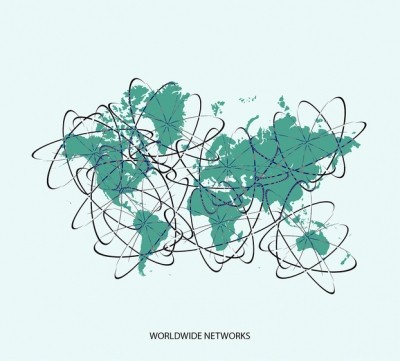US team looks to develop feed sector in Tunisia

The initial training program stemmed from a $600,000, 18-month grant from the US State Department, focused on feed production in Tunisia, said Kurt Shultz, senior director of global strategies with the US Grains Council (USGC).
But last month, the trade organization also received a $1.3m grant from the US Department of Agriculture (USDA) to expand the program regionally and for a three-year period.
“The idea has been in process for a long time, we’ve been working with feed millers in the region for 25 years in different capacities,” he told FeedNavigator. “A grant became available to do something specific to the country of Tunisia and that’s when the idea became – how can we engage with our office there?”
The feed industry in Tunisia and the Middle East and Northern Africa, is of interest, he said. Those regions have high feed costs.
Some of the expense relate to the need to import feed grains, said Shultz. However, there are also several costs associated with feed milling.
The training program seeks to address integration and ways to improve efficiency in feed production, he said. “This is meant to target those issues and highlight those areas where performance can be improved,” he added.
“It comes back to our mission – if our customers are productive and growing then they’ll buy more grain and invest,” he said. “One of the things constraining growth is the cost to consumer of the final product; if you can lower the final costs they’ll consume more, and you have more demand and then more demand from the feed industry to feed these animals.”
Training the trainers
The program in Tunisia will look to provide training to about 10 to 12 members of the country’s feed industry, who will then start a cascading training program, he said.
“We’ll make them trainers,” he said. “And using those people as a larger group of trainers, we hope to work with the regional feed industry.”
They are actively recruiting for the training program now, he said. “We want some diversity, some with a mor practical background in feed manufacture, and some [with experience] in nutrition and some [with experience] in aquaculture and poultry,” he added.
The program also includes a partnership between Iowa State University and a university in Tunisia, said Shultz. “Iowa State is designing an online course and we want to have them [the participants] take that first,” he added.
That section of the program is set to run for several weeks and is aimed at setting expectations and standardizing elements like the vocabulary in use, he said. The goal is to have online course running in May.
In addition to the training program, members will spend some time in the US at Iowa State and will visit the Northern Crops Institute at North Dakota State University, he said.
Much of the focus is expected to be on the production of poultry feed, as about 70% of what is manufactured in the area is for poultry, he said. However, ruminant and aquaculture feeds also will get attention.
The larger, three-year grant is expected to start in July, and run through 2021, said Shultz. “This is an intermediate training program … you can [train] a lot of students in a three-year period that you can’t all bring to the US,” he added.
The USGC has previously provided training for poultry producers in Morocco.
The educational initiatives are based on the idea of future growth for markets, he said. “It’s actually taping into existing customers [and] looking at how we can improve productivity and how we can train the next generation and address those issues of cost and improving productivity,” he added.
“It benefits the US farmer because they have export competitors and it benefits the partners in the region – they see increased profit and productivity,” said Shultz. “Ultimately, you’ve got to have both sides win.”










